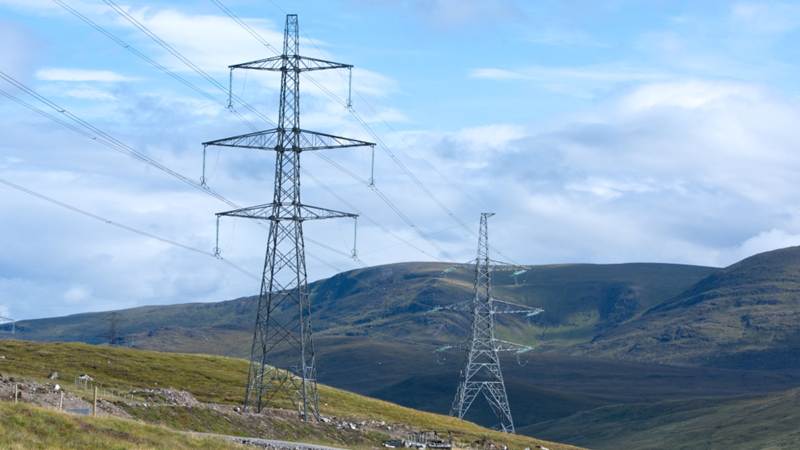SSEN Transmission, the network owner serving Scotland’s north, has today welcomed the National Grid’s greenlight to pump £5 billion into the region’s distribution wires.
National Grid ESO today set out its 2022 Networks Options Assessment. It evaluates alternative scenarios for the strengthening needed on transmission networks owned by the three onshore Transmission Owners (TOs), including SSEN-T.
The ESO’s yearly assessment takes as inputs the connection points of assets owned by other customers.
Spending plans in the NOA affecting SSEN’s highest voltage marine interconnectors and cables include:
- Two subsea HVDC links from Peterhead to England;
- A second HVDC link from Spittal in Caithness, connecting to Peterhead
- Onshore reinforcements north of Inverness, and between Inverness and Peterhead.
They are needed to ensure delivery of Westminster’s targets of 40GW of offshore wind by 2030 and decarbonised power generation by 2035. Also accommodated in the plans are Holyrood’s 11GW of offshore wind by 2030 and a 75% cut this decade in carbon.
Given planners’ necessary green lights, the NG-ESO approvals today support SSE’s recently announced Net Zero Acceleration Programme, outlining £12.5bn of investment up to 2026, equivalent to £7m every day.
SSEN Transmission’s managing director Rob McDonald observed: “This year’s NOA report fires the starting gun for over £5bn of investment in grid infrastructure in the north of Scotland.
“This will be critical to enabling the growth of renewable electricity in the region needed to deliver net zero, including the first step in unlocking the vast increase in offshore wind expected following the recently announced outcome of the ScotWind leasing round”.
Due later this year, NG-ESO has promised a Holistic Network Design document, evaluating more accurately plug-in points for Britain’s expanding offshore wind farms. If the HND makes changes to these customer connection locations and offshore network configurations, changes may result in the requirements of the TOs’ networks.
This year’s NOA reflects contributions from engineers at Melbourne University. In 2021 they carried out an innovation project, refining modelling options for network planning under uncertainty.
It developed a new technique called Least Worst Weighted Regret (LWWR), tasked to assign values on how varying the probability of each future energy scenario could affect recommendations for reinforcement.
The full NG-ESO’s Networks Options Assessment can be read here.




